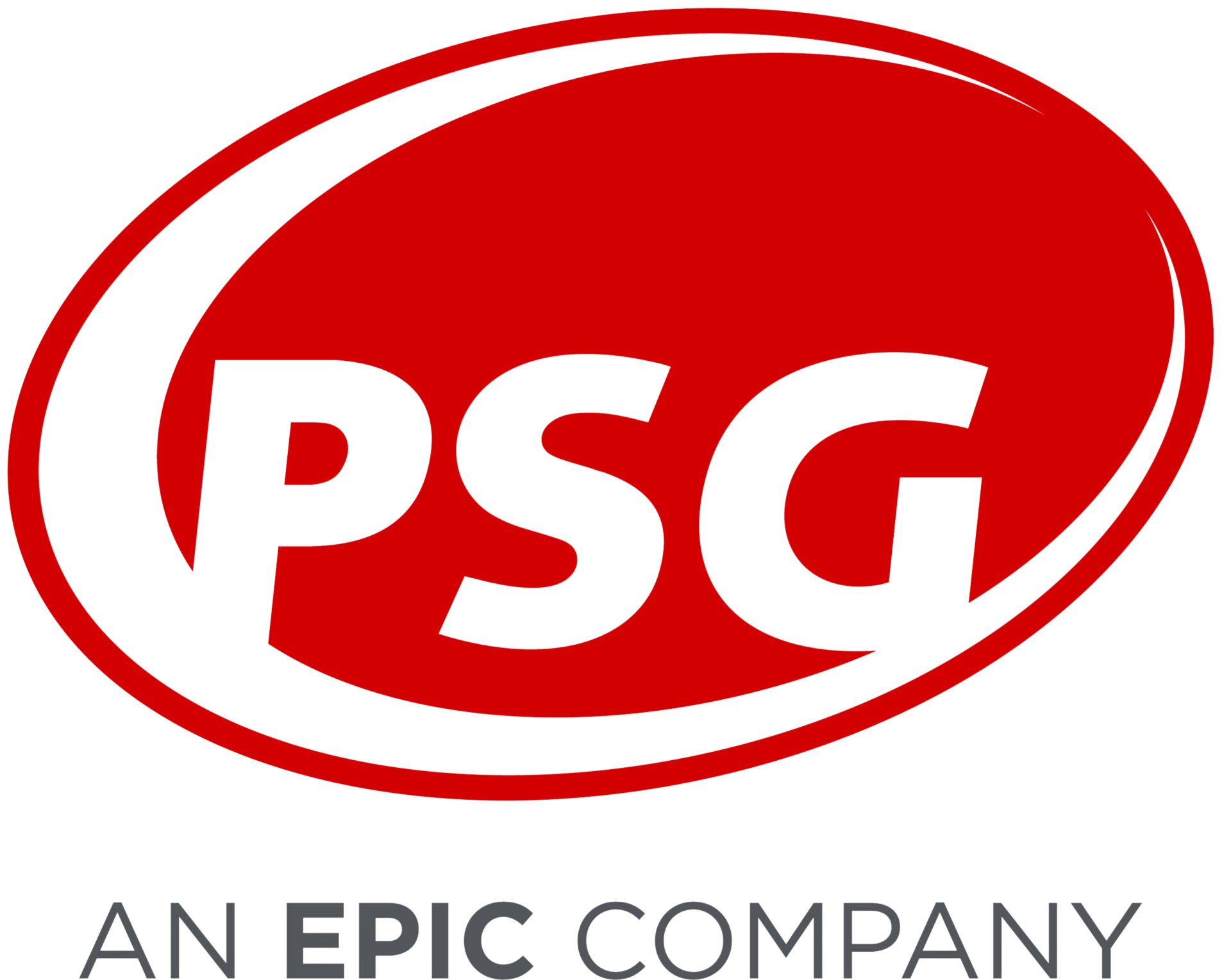The Great Pain Cream Scheme: How PSG Saved a Client $1.6M & Prevented Fraud
Posted on October 22, 2018
Prescription fraud, waste, and abuse (FWA) costs consumers and payers hundreds of millions of dollars. According to the Pharmaceutical Care Management Association, typical examples of FWA include claims submitted with improper medication quantities, days’ supply, or coding as well as duplicative claims. One industry professional puts fraud into two categories: “hit-and-run” and “steal a little, all the time.” “Hit-and-run” perpetrators simply submit numerous fraudulent claims, receive payment, and vanish. In “steal a little, all the time,” perpetrators try to avoid detection so they can submit fraudulent claims over a long period of time.
FWA schemes centered around pain creams are well-known in the industry. One notorious drug is doxepin, which is often prescribed improperly, and is a good example of how quickly such schemes can become costly. One PSG client experienced this first hand, with a huge spike in spend —from roughly $100,000 and 50 utilizers to more than $1.6M (16x spend increase) and more than 350 (7x increase) utilizers in one year.
With utilization management procedures put in place, spend dropped to below $10,000 the year following the $1.6M. We then set out on a clear mission—find the next FWA scheme before it became a $1.6 million problem. Our approach was true to our DNA, one that combined our extensive FWA and clinical expertise with cutting-edge machine learning. The results were astounding.
To start, we did an analysis of 2017 doxepin claims and compiled a network of pharmacies, members, and prescribers involved with doxepin to create a list of potential “bad actors.” We knew that the client had implemented strong clinical controls to prevent inappropriate utilization of doxepin at the beginning of 2018. So we used data science algorithms to analyze thousands of 2018 claims from these “bad actors” to identify other drugs that were prone to abuse. This network analysis produced a list of drug codes which, when combined with their history and context, were revealed to be part of several common suspicious archetypes:
- Soaring drug costs as a result of companies purchasing, repurposing and remarketing old drugs. Shortly after utilization management procedures were put in place around doxepin,three of our client’s plan members obtained prescriptions for a medication used to treat migraine headaches from the same prescriber and pharmacy on the same day. The plan cost was more than $2,900 per claim.
- Extreme price increases for generics with one manufacturer. Claims for a generic topical steroid cost our client $162,314 for 111 members—$841 average cost per claim. Historically this generic was much more affordable – but prices had skyrocketed once suppliers exited the market and only a single manufacturer remained.
- Excessive quantities and unlimited use of topical drugs. A topical antibiotic for treating skin infections is available as a generic ointment and cream for $39/15 grams. We discovered this drug was commonly being filled at pharmacies also filling a large percentage of topical pain creams. The plan paid more than $38,000 for only eight members—about $917 per claim.
- High costs for new formulations of old drugs. A combination drug of butalbital, caffeine, and acetaminophen was previously available in tablet form. A liquid formulation of this old combination was commonly filled at pharmacies identified as filling high proportions of pain creams as well as being prescribed by doctors who wrote prescriptions for similar drug mixes. The plan paid more than $50,000 for eight members—approximately $2,800 average cost per claim. In fact, two members accounted for more than $27,000 of this spend; they billed for 300g a month at more than $3,000 a claim.
- Nutritional supplements and OTC drugs packaged as a prescribed medication. A certain multivitamin with folic acid does not require a prescription and should not be covered under the plan. However, it was being filled at suspected bad acting pharmacies, costing the plan $22,705 for 14 members.
It’s important to note the cause-and-effect nature of fraud, waste, and abuse in prescription medication. Because we put in utilization management procedures for doxepin, several other drugs were identified as problematic during our analysis.
Detecting suspicious billing with machine learning
As part of the pilot, we also fed the shortlist of suspicious drugs through an unsupervised machine-learning algorithm to identify “bad actor” pharmacies in our client’s network. We flagged the pharmacies with a clinically inappropriate distribution of prescriptions filled. The worst offender filled 110 prescriptions for only 10 plan members at a cost of $1,211 per claim. PSG recommended an audit of these pharmacies.
Prevention is priceless
Fraud, waste, and abuse is a costly, disruptive issue for plans and their members. It’s also incredibly difficult to address. There are numerous manufacturing companies and drugs to track, it’s impossible to know who has member data, and pharmacies can close and quickly reopen under a new name. However, the success we experienced in this pilot program proves that prevention is possible—and indeed critical. The key was utilizing our proprietary analytics platform and advanced data science techniques.
Do you want to prevent the next $1.6M scheme? Contact PSG today for a custom FWA analysis based on your unique data.
